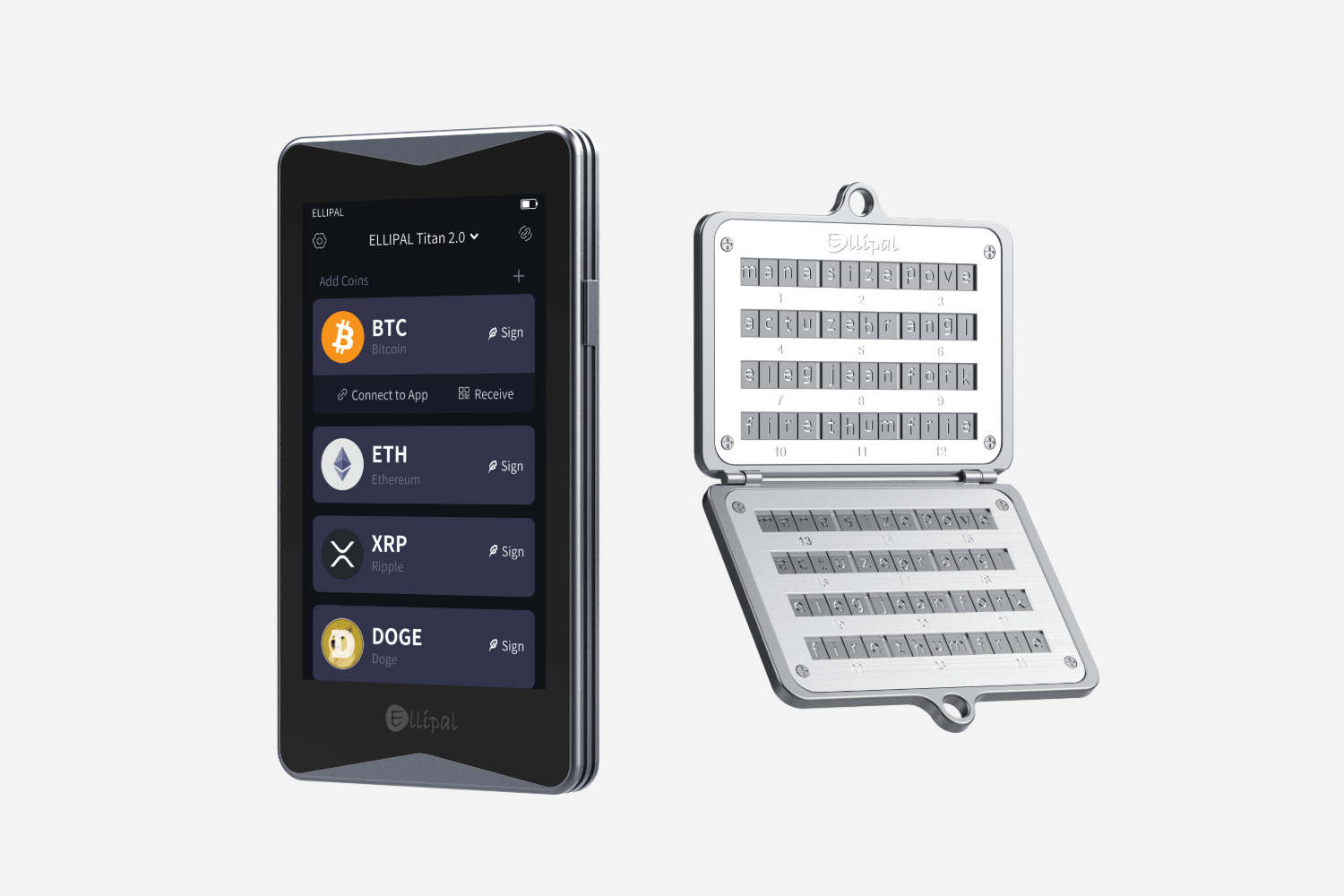Unlock the Secrets: Why Choosing the Right Cold Storage Wallet Could Save Your Crypto!
In the rapidly evolving world of cryptocurrencies, where fortunes can be made or lost in the blink of an eye, the security of your digital assets has never been more critical. Cold storage wallets have emerged as a fortress against the myriad threats faced by crypto investors. Unlike their hot wallet counterparts, which are connected to the internet and vulnerable to hacks, cold storage wallets provide a secure offline solution for safeguarding cryptocurrencies. As the popularity of cryptocurrencies continues to soar, understanding the importance of protecting your assets is paramount. This article will delve into the world of cold storage wallets, guiding you through their functionality, benefits, and essential factors to consider when selecting the right one for your needs.

Understanding Cold Storage Wallets
Cold storage wallets are designed to store cryptocurrencies offline, significantly reducing the risk of hacking and online theft. The primary distinction between cold storage and hot wallets lies in their connection to the internet; while hot wallets are always online and easily accessible, cold storage wallets remain disconnected from the web, offering enhanced security. There are several types of cold storage wallets available today, including hardware wallets, which resemble USB devices and store your private keys securely; and paper wallets, which are physical prints of your keys and QR codes. Understanding how to use these wallets is essential for anyone looking to protect their digital assets. Properly setting up a cold storage wallet involves generating a wallet address, transferring your cryptocurrencies, and securely storing your private keys.
Benefits of Using a Cold Storage Wallet
The advantages of cold storage wallets are numerous and compelling. For one, they provide a significant level of security against hacks and cyber threats, making them an excellent choice for long-term investors. Imagine investing a substantial amount in cryptocurrencies only to lose it all due to a security breach in your hot wallet. Cold storage wallets mitigate this risk by keeping your assets offline. Moreover, they offer peace of mind for investors who prefer a hands-off approach; knowing that your assets are safeguarded away from the prying eyes of the internet can be incredibly reassuring. Scenarios where cold storage is particularly beneficial include during market volatility, where quick access is not as crucial, or for individuals holding long-term investments who wish to avoid the hassle of constant monitoring and management of their assets.
Factors to Consider When Choosing a Cold Storage Wallet
When selecting a cold storage wallet, several key factors must be taken into account to ensure it meets your specific needs. First and foremost is the security features; look for wallets that offer robust encryption and backup options. Additionally, consider the ease of use; some wallets may be more user-friendly than others, especially for beginners. Compatibility with different cryptocurrencies is another vital aspect; ensure that the wallet supports the coins you intend to store. Personal needs and preferences play a significant role in the selection process, as some users may prioritize advanced security features while others may focus on simplicity and accessibility. Engaging in discussions with friends who have experience with cold storage wallets can provide valuable insights into what might work best for you.
Comparing Different Cold Storage Wallet Options
To effectively evaluate various cold storage wallets, it's essential to establish a comparison framework. Start by listing the pros and cons of each wallet type, considering features such as security, ease of use, and compatibility. Research is critical; forums, reviews, and user testimonials can offer a wealth of information about different wallet options. Through careful analysis, you can determine which wallet aligns best with your requirements and investment strategy. For instance, a friend of mine had to choose between a hardware wallet and a paper wallet for her extensive crypto holdings. After weighing the pros and cons, she opted for a hardware wallet due to its enhanced security features and user-friendly interface.
Final Thoughts on Securing Your Crypto Investments
In conclusion, selecting the right cold storage wallet is a crucial step in protecting your cryptocurrency investments. The importance of understanding the various types of wallets, their benefits, and the factors to consider cannot be overstated. As the landscape of crypto continues to grow, ensuring the safety of your assets should be your top priority. By carefully assessing your options and making informed decisions, you can secure your investments and enjoy the peace of mind that comes with knowing your assets are safe from online threats. Take the time to explore your choices, consult with experienced users, and ultimately select the cold storage wallet that best fits your needs.









